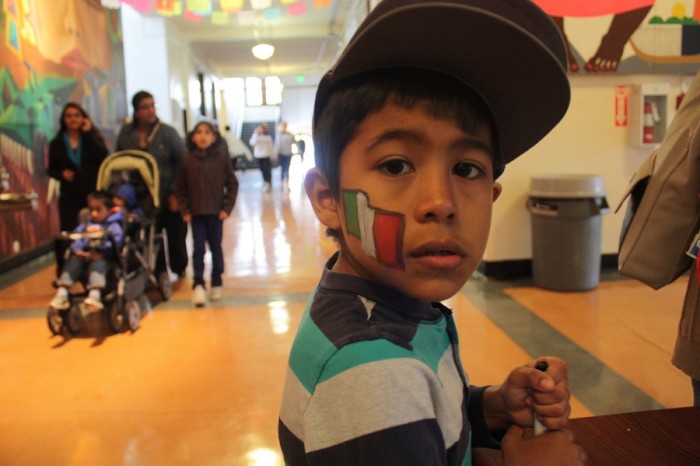
On Saturday, El Centro de La Raza celebrated Cinco de Mayo by welcoming over 700 people to their Beacon Hill headquarters.
A large tent set up outside El Centro’s building housed vendors and community organizations, as well as a stage for dance, demonstrations, and singing. Inside families shared tacos that tasted like they came straight from Mexico. On the second floor kids colored the Mexican flag and had their faces painted.
All the while, a faint smell of elote (corn on the cob), permeated the grounds.
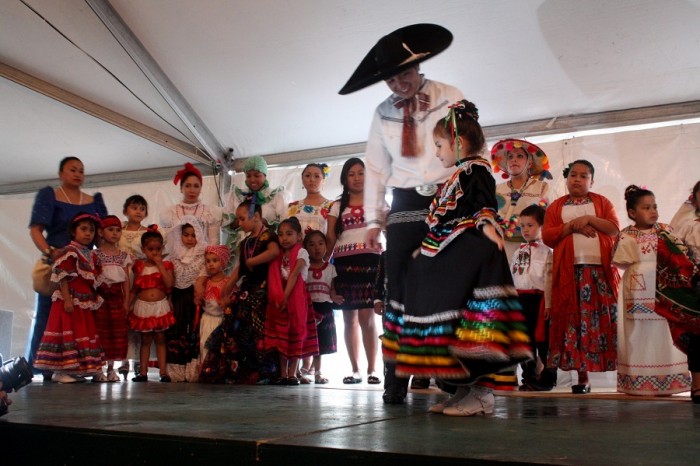
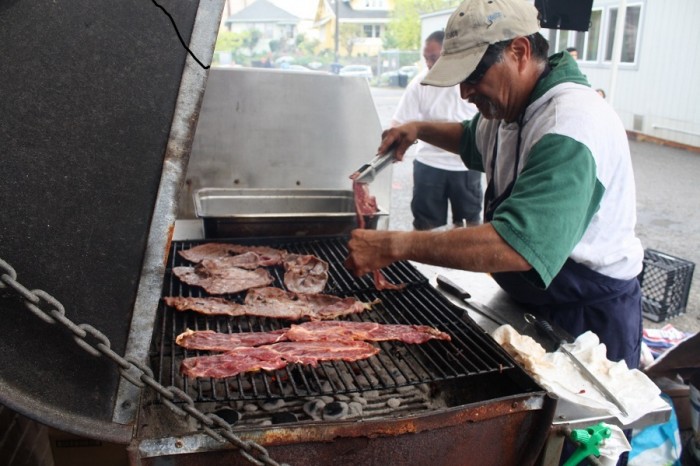
(Video by Izumi Hansen)
Though the holiday is not widely celebrated in Mexico, and is often misunderstood in the U.S., it’s been embraced by Seattle’s Mexican-American community as a time to celebrate their heritage.
“The Battle [of Puebla] was so important because it says something about our spirit, our Mexican spirit,” said Francisca Garcia, Manager of the Rainer Valley Cultural Center.
According to “El Cinco de Mayo: An American Tradition” by David E. Hayes-Bautista, Cinco de Mayo began as a way to commemorate Mexico’s victory against the French in Puebla in 1862. The odds were stacked heavily against the Mexican army, so word of their unlikely victory over an elite army spread far and wide. Mexican-Americans in California were overjoyed, and two years later four California cities celebrated the battle of Puebla. Hayes-Bautista places these as the first Cinco de Mayo celebrations.
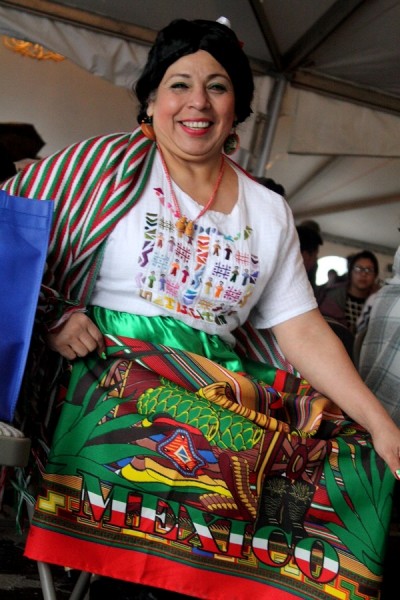
“It’s a symbol of determination that a people’s army defeated a French army,” said Estela Ortega, Executive Director of El Centro de la Raza.
Hayes-Bautista gave examples of incarnations of Cinco de Mayo as new generations of Mexican immigrants came to the United States in the following century. El Centro de la Raza staff credited the Chicano movement at U.S. universities in the 1960s for solidifying the how modern cultural celebrations of Cinco de Mayo.
“It’s passing on our culture to and heritage to future generations,” said Ortega. “It maintains our identity.”
El Centro de la Raza incorporated history, culture, and community into the celebrations. Performances ranged from traditional dance by Folklore Mexicano Tonantzin and music from the Seattle Fandango Project, to modern singing from imitador Ramiro Guzman.
A highlight of the day was a presentation of costumes from the Peru, Philippines, Puerto Rico, and 31 states of Mexico by members of the José Martí Child Development Center.
“I cannot imagine not being able to come to the United States and not being able to celebrate,” said Hilda Magaña, Director of the Child Development Center.
Magaña, who is from Guadalajara, Mexico, said Cinco de Mayo is not typically celebrated in Mexico like it is in the United States, but it is still a part of Mexican culture.
As one family who came to a previous El Centro de la Raza celebration told her, “’It gives [us] so much happiness to have a piece of my land here in Seattle.’”
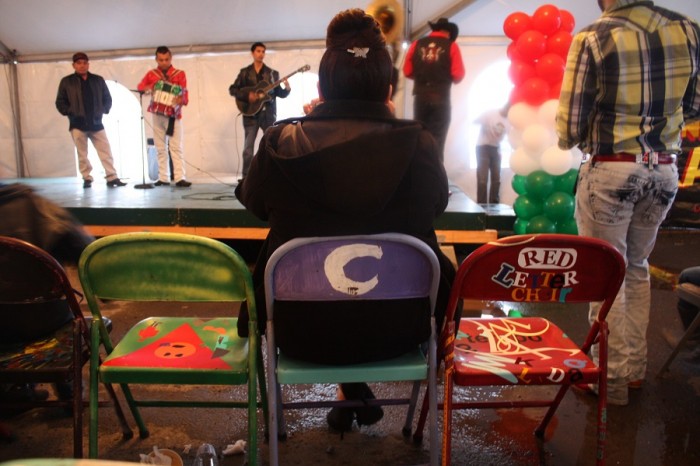


The Battle of Puebla, which took place on 5 May 1862, was a major victory for the Mexican army over the French. The French had invaded Mexico contrary to Mexican law and refused to return to their own country, citing the excellent employment opportunities in Mexico, and claiming Mexico owed them compensation for past wrongs.
Although it is not celebrated as a national holiday in Mexico, Cinco de Mayo has proved a boon to American beer distributors. – See more at: http://thepeoplescube.com/peoples-blog/cinco-de-amnesty-t13936.html#sthash.oUnQ2UzR.dpuf